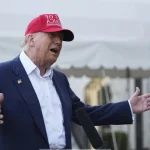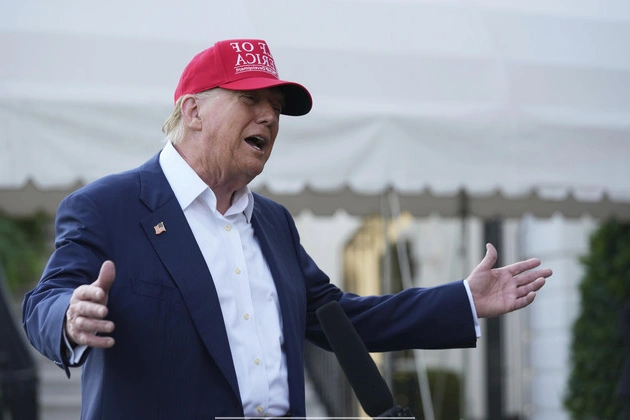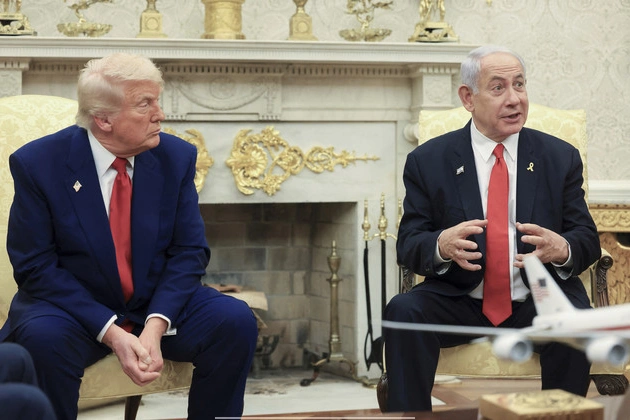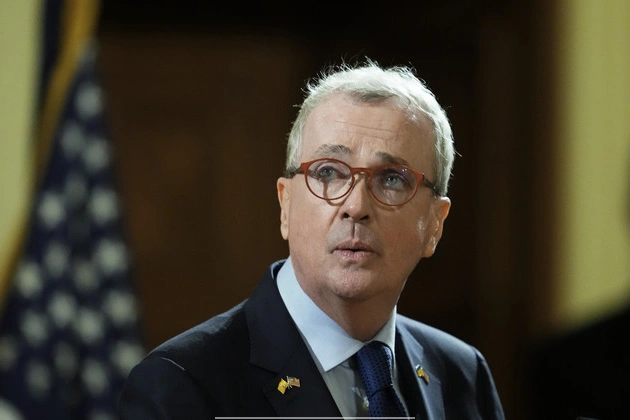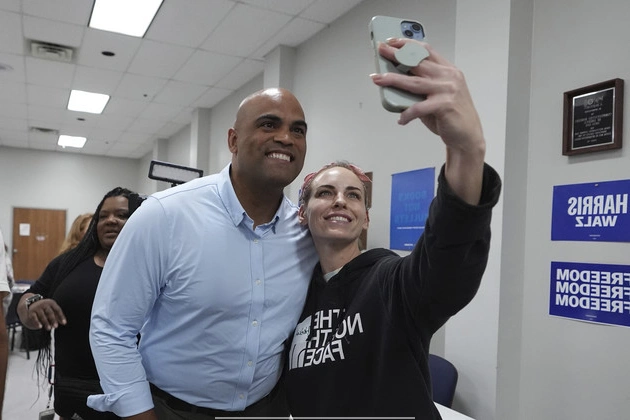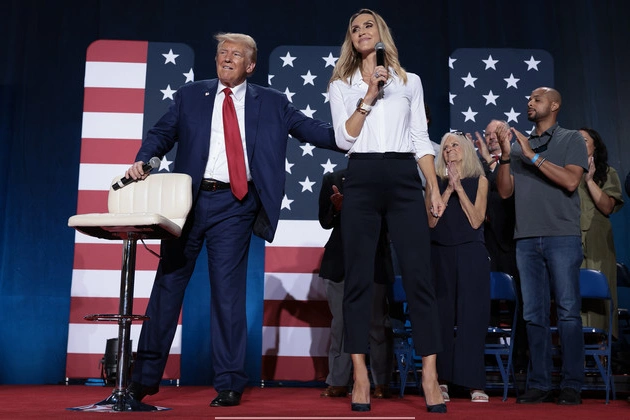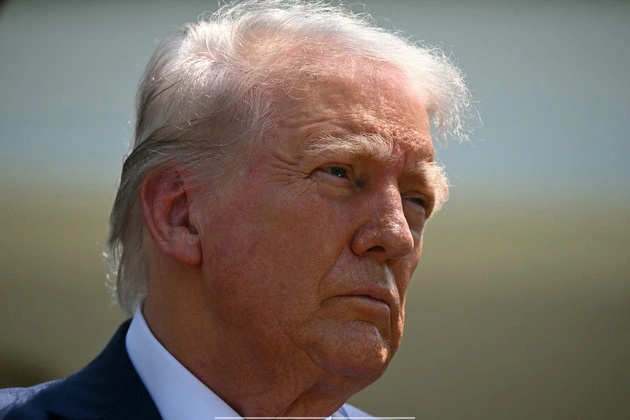
President Donald Trump issued a stark warning on Thursday, declaring that any nation purchasing oil from Iran would face severe repercussions, including being cut off from dealings with the U.S. This threat of ‘secondary sanctions’ comes amidst escalating trade tensions and ongoing negotiations concerning Iran’s nuclear activities.
The Impact on Global Trade
This move by Trump represents a significant escalation in pressure on both Iran and China, the largest importer of Iranian oil globally.
According to the President’s post on Truth Social, ‘ALERT: All purchases of Iranian Oil, or Petrochemical products, must stop, NOW! Any Country or person who buys ANY AMOUNT of OIL or PETROCHEMICALS from Iran will be subject to, immediately, Secondary Sanctions.’ This hardline stance underscores the administration’s determination to isolate Iran economically.
While the statement did not explicitly mention China, the country’s import of Iranian crude oil hit a record high of 1.8 million barrels per day in March, as reported by Vortexa, a leading energy and freight market analytics firm.
Strategic Diplomacy
Trump’s actions seem calculated to exert pressure on both nations, coinciding with White House efforts to negotiate pivotal agreements with each. The President’s diplomacy aims to curb Iran’s nuclear ambitions, with special envoys engaged in talks with Iranian officials. However, Trump has also not shied away from hinting at military options if negotiations falter.
The postponement of a fourth round of U.S.-Iran talks, as confirmed by Iran’s Foreign Minister Abbas Araghchi, indicates the complexities involved in reaching a resolution. Araghchi reaffirmed Iran’s commitment to a just and balanced deal, emphasizing the importance of lifting sanctions while safeguarding Iran’s right to peaceful nuclear activities.
Trade War Dynamics
China, a key player in global trade disputes, has been a primary target of Trump’s tariff policies. Despite the imposition of tariffs, tensions between the two nations persist, with China seeking alternative trade partners such as the European Union.
Trump’s efforts to renegotiate trade terms with China have faced resistance, leading to a stalemate in negotiations. The President’s confrontational stance towards China reflects a broader strategy to address trade imbalances and protect American interests.
In a recent Cabinet meeting, Trump reiterated his grievances against China, highlighting the need for fair trade practices. The ongoing trade standoff underscores the challenges in reaching mutually beneficial agreements amidst escalating trade tensions worldwide.
As these geopolitical dynamics unfold, the impact on global trade and economic stability remains a critical concern for policymakers and market observers.
